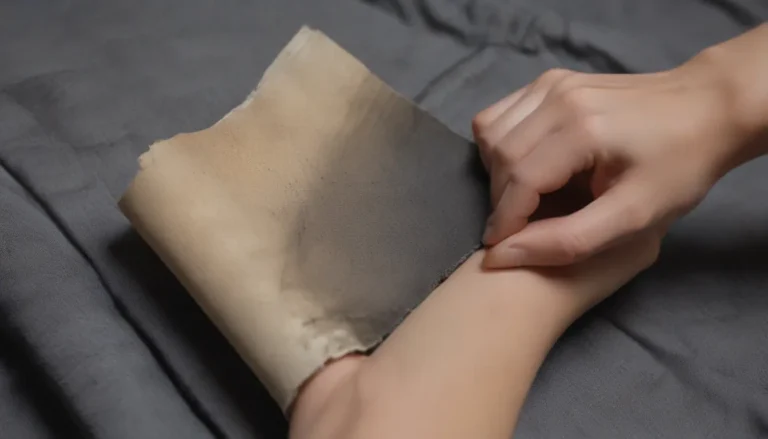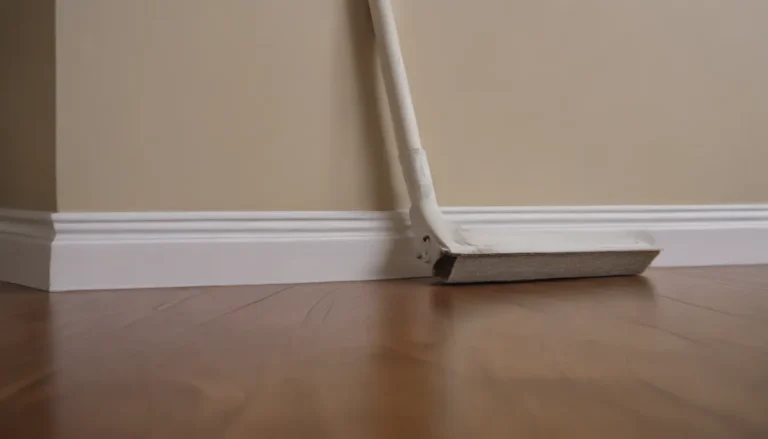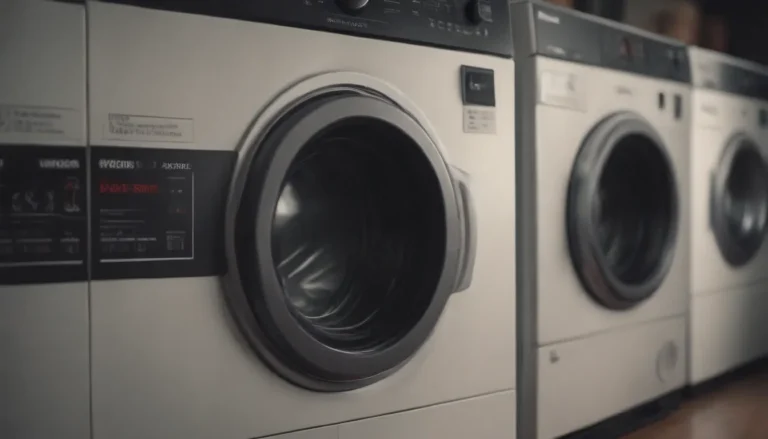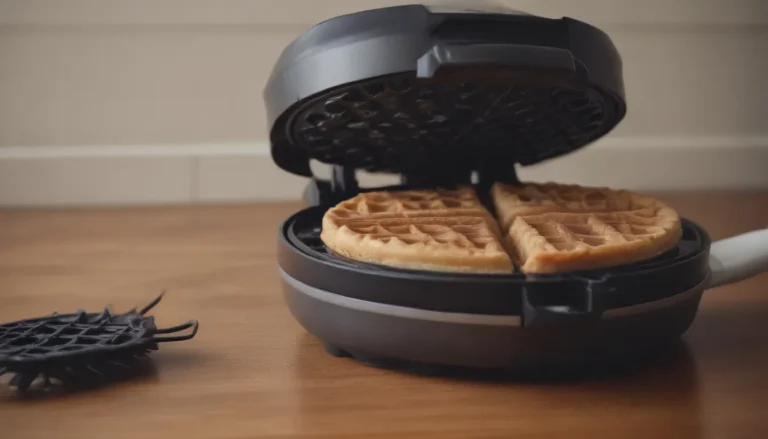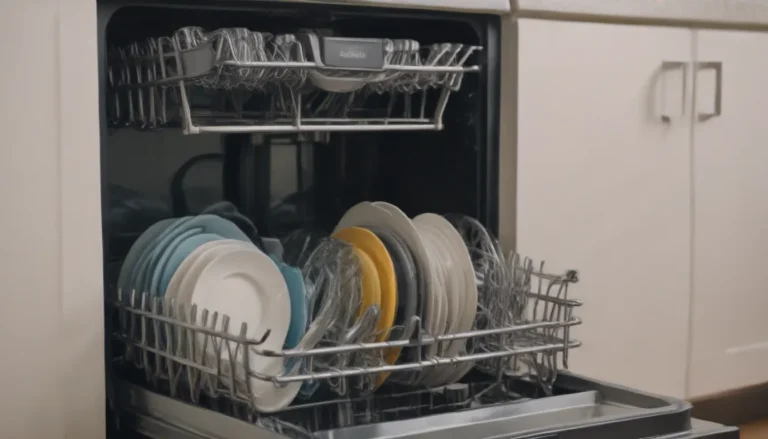How to Eliminate Bed Bugs from Your Home
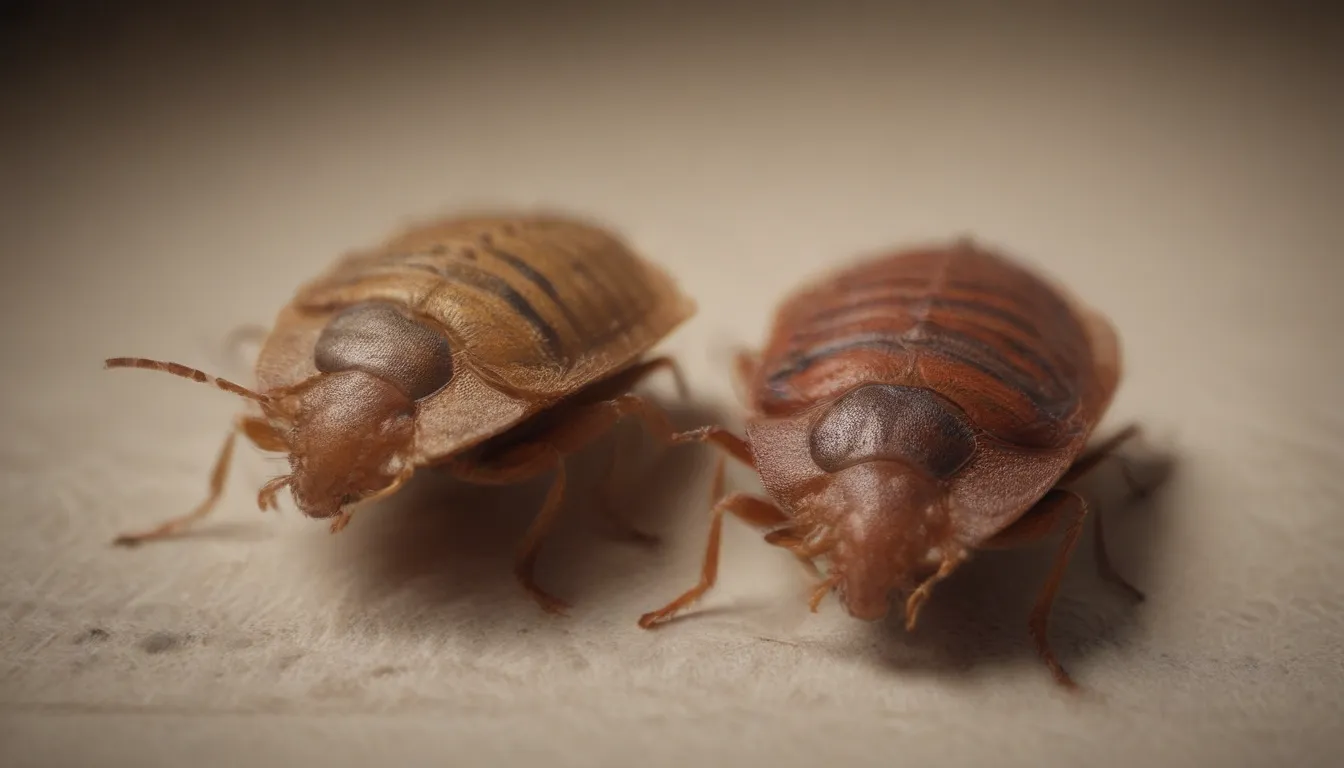
Have you ever woken up with itchy bites and wondered if bed bugs could be the culprit? These tiny pests can cause big problems for homeowners, as they are difficult to detect and even harder to get rid of once they infest your home. According to the National Pest Management Association (NPMA), 20% of Americans have encountered bed bugs or know someone who has, making them a prevalent issue that many people face.
Why are Bed Bugs So Troublesome?
Bed bugs are resilient creatures that have developed a high resistance to many common insecticides. This makes them particularly challenging to control compared to other pests. Over-the-counter bug bombs and foggers are often ineffective against bed bugs, as they can cause the insects to scatter and worsen the infestation. A study by Ohio State University found that these products had little effect on bed bugs, even after direct exposure for two hours.
To effectively combat bed bugs, it is essential to use an Integrated Pest Management (IPM) strategy. This approach includes prevention, monitoring, and limited chemical use. The Environmental Protection Agency (EPA) provides a list of products registered for bed bug control to help consumers make informed decisions about treatment options.
6 Effective Ways to Get Rid of Bed Bugs
If you’re dealing with a bed bug infestation, here are some strategies you can use to eliminate these pests from your home:
1. Kill Bed Bugs With Heat:
– Launder clothing and bedding at high temperatures to kill bed bugs.
– Use a steam cleaner on carpets, crevices, and upholstery to eradicate hiding bugs.
– Enclose furniture in sealed plastic bags and place them in direct sunlight to eliminate bed bugs.
2. Kill Bed Bugs With Cold:
– Subject infested items to extreme cold temperatures to kill bed bugs.
– Clothing can be placed in a freezer for several hours to eradicate these pests.
– Combine cold treatments with other methods to target bugs in cracks and crevices.
3. Vacuum Regularly—and Deeply:
– Deep-clean sleeping areas with a powerful vacuum cleaner to remove bed bugs.
– Pay close attention to floor cracks, furniture crevices, and upholstery.
– Dispose of vacuum contents in sealed plastic bags to prevent re-infestation.
4. Seal Items in Airtight Containers:
– Store furniture and clothing in sealed plastic containers to starve bed bugs.
– Keep items sealed for several months to ensure all life stages of bed bugs are eliminated.
5. Use DIY Pesticides:
– Select EPA-approved products for bed bug control.
– Combine pesticide use with other methods for best results.
– Follow manufacturer instructions and safety guidelines when using pesticides.
6. Hire a Professional:
– Seek help from a licensed pest control professional if DIY methods are ineffective.
– Choose a company that uses a multi-method approach to bed bug control.
– Ensure that effective chemicals are used responsibly during treatment.
What Causes Bed Bugs?
Bed bug infestations often start when these pests are brought into a home through luggage or clothing. Contrary to popular belief, bed bugs do not thrive in dirty environments; they can be introduced to clean homes by unsuspecting travelers or guests.
How to Prevent Bed Bugs:
Prevention is the best defense against bed bugs. Be vigilant when returning home from travels to avoid bringing these pests into your living space. Take precautions when hosting guests from out of town to minimize the risk of a bed bug infestation.
Bed Bugs vs. Fleas vs. Ticks
While bed bugs, ticks, and fleas share some similarities in appearance and bites, they have distinct characteristics:
– Bed bugs are flat, oval-shaped insects that feed on blood and hide in cracks and crevices.
– Fleas are quick-moving pests that bite at any time of day and tend to target the lower half of the body.
– Ticks burrow into the skin and transmit diseases, unlike bed bugs and fleas.
Facts About Bed Bugs
– Bed bugs are small, brown insects with flat bodies that can be mistaken for ticks.
– They reproduce rapidly and can infest homes unnoticed until bites occur.
– Bed bug infestations are not a reflection of cleanliness, as these pests can thrive in any environment.
– While bed bug bites can cause discomfort, they are not known to spread diseases.
In conclusion, bed bugs are a nuisance that can disrupt your peace of mind and comfort in your own home. By taking proactive measures to prevent infestations and following effective treatment strategies, you can protect your household from these persistent pests. Remember to use a combination of methods, including heat treatments, vacuuming, and professional assistance, to effectively eradicate bed bugs from your living space. Don’t hesitate to seek help from licensed pest control professionals if DIY methods are unsuccessful in controlling the infestation. With diligence and proper treatment, you can reclaim your home from bed bugs and enjoy a pest-free living environment.
For more information on bed bug prevention and control, visit reputable sources like the NPMA, CDC, and EPA. Stay informed and proactive in managing bed bug infestations to ensure a comfortable and pest-free living environment for you and your family.
